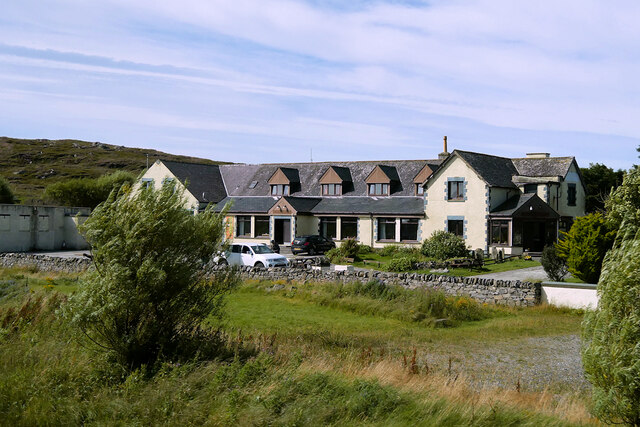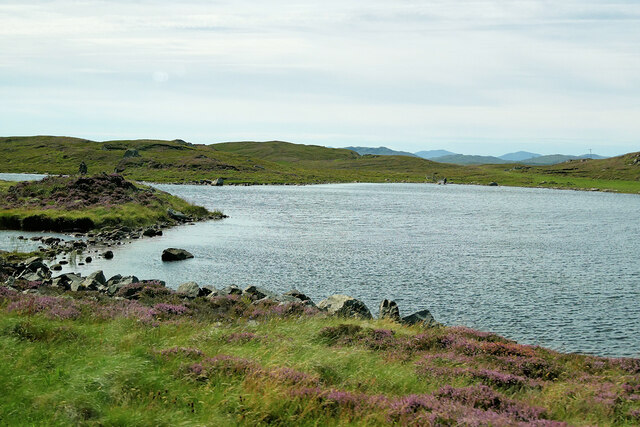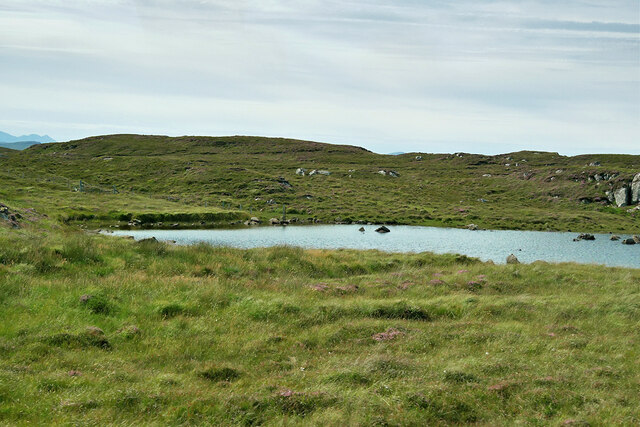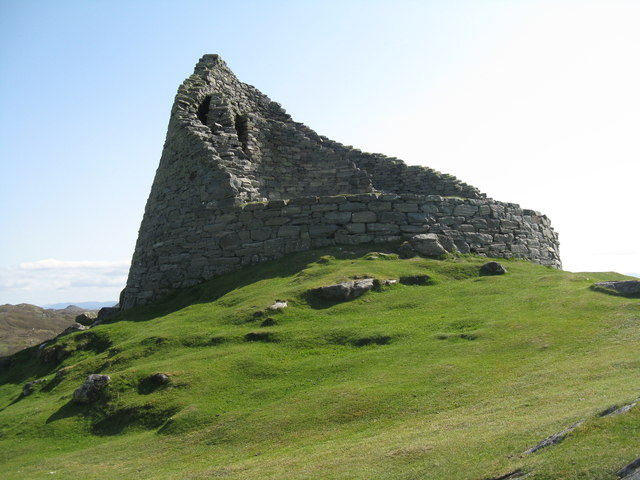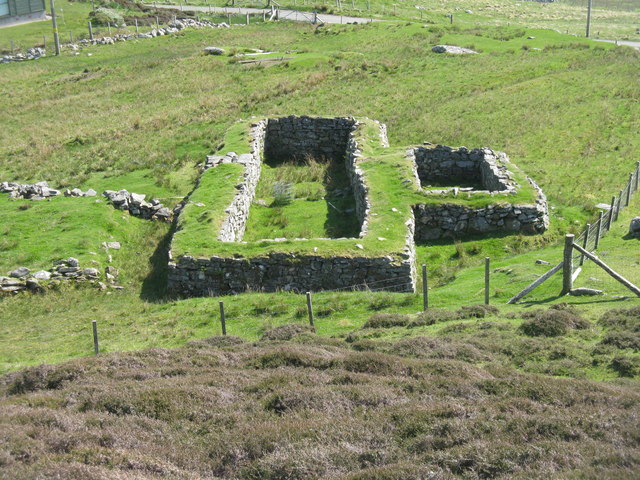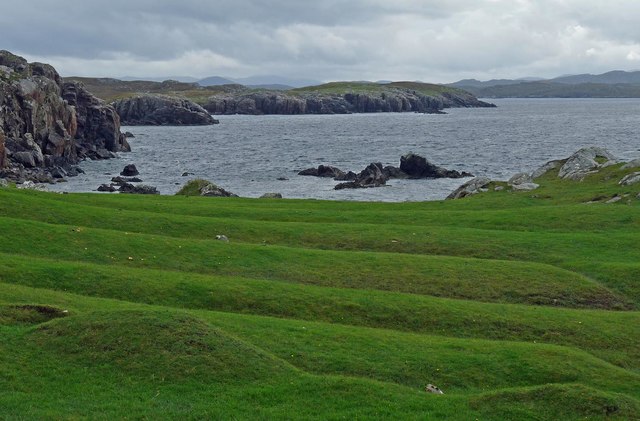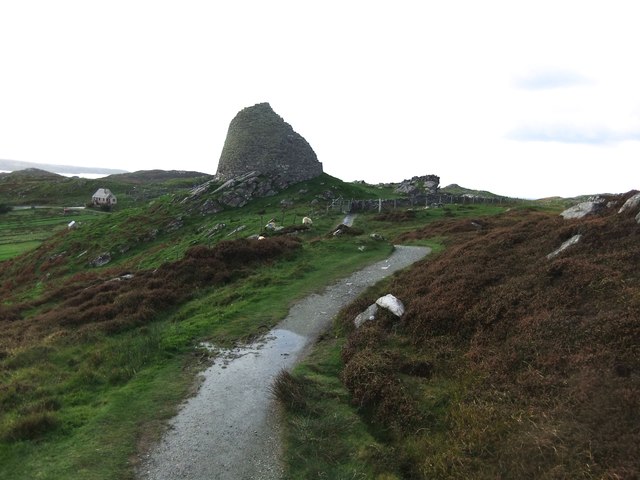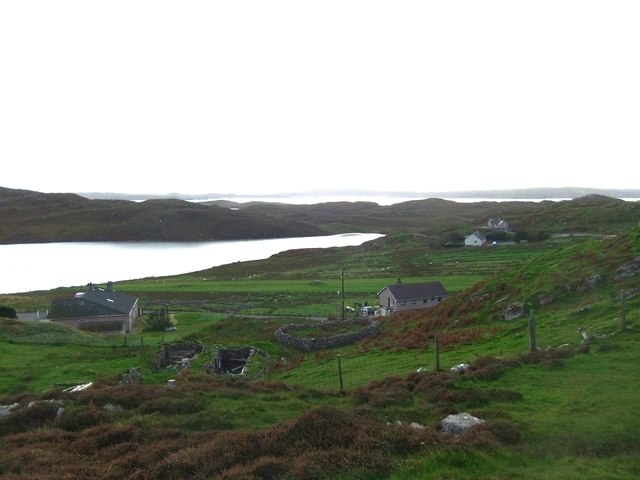Cnoc Leathann
Hill, Mountain in Ross-shire
Scotland
Cnoc Leathann
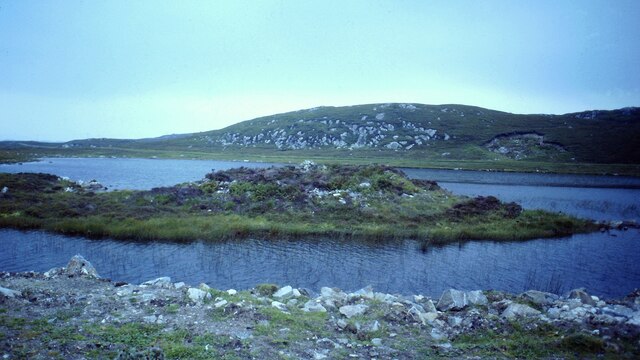
Cnoc Leathann, located in Ross-shire, Scotland, is a prominent hill/mountain that offers breathtaking views and a unique outdoor experience. Standing at an elevation of approximately 774 meters (2,540 feet), it is a popular destination for hikers, mountaineers, and nature enthusiasts.
The hill/mountain is situated within the beautiful and rugged landscape of the Scottish Highlands, characterized by rolling green hills, rocky terrains, and diverse wildlife. Cnoc Leathann is part of the Torridon mountain range and is surrounded by other notable peaks, including Beinn Eighe and Slioch.
The ascent to the summit of Cnoc Leathann can be challenging, with steep slopes and rocky paths, but the reward is well worth the effort. From the top, visitors are treated to panoramic views of the surrounding countryside, including Loch Ewe and the Torridon Hills. On a clear day, it is even possible to see the Isle of Skye in the distance.
The hill/mountain is also home to various plant and animal species, adding to its natural beauty. Red deer, golden eagles, and peregrine falcons are among the wildlife that can be spotted in the area.
Cnoc Leathann attracts outdoor enthusiasts year-round, but it is particularly popular during the summer months when the weather is milder and the days are longer. It is advisable for visitors to come prepared with appropriate hiking gear, as the weather conditions can change rapidly in the Scottish Highlands.
Overall, Cnoc Leathann in Ross-shire offers a challenging yet rewarding adventure for those seeking stunning vistas, a connection with nature, and a taste of the Scottish Highlands' rugged beauty.
If you have any feedback on the listing, please let us know in the comments section below.
Cnoc Leathann Images
Images are sourced within 2km of 58.25418/-6.808267 or Grid Reference NB1839. Thanks to Geograph Open Source API. All images are credited.
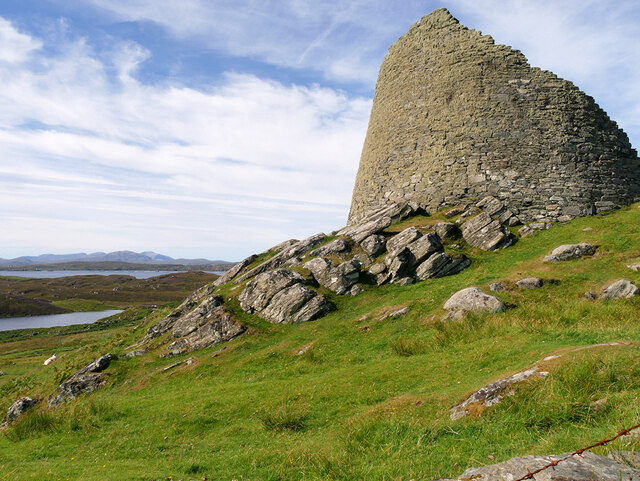
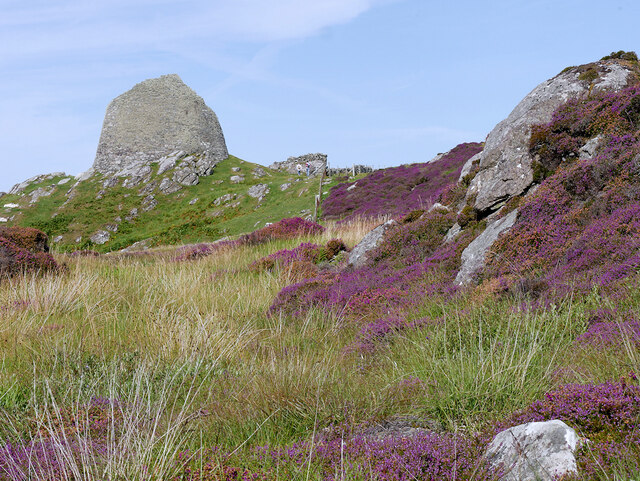
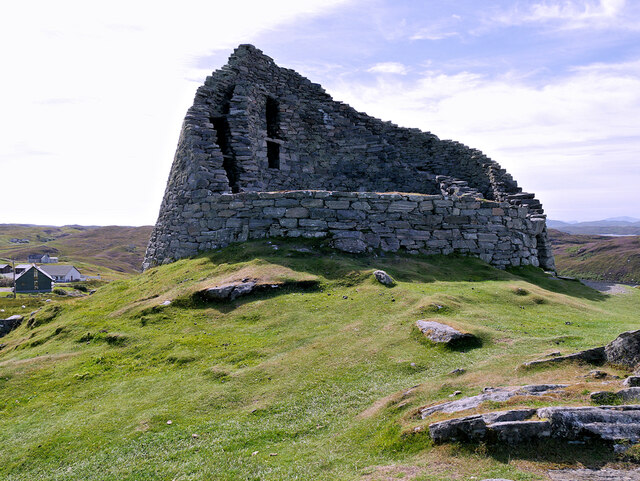
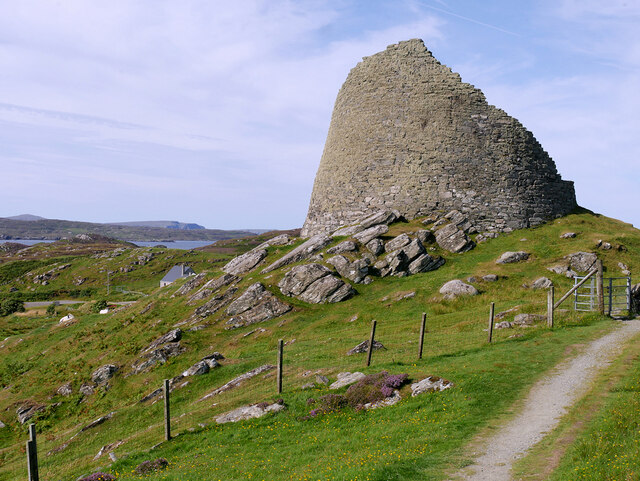
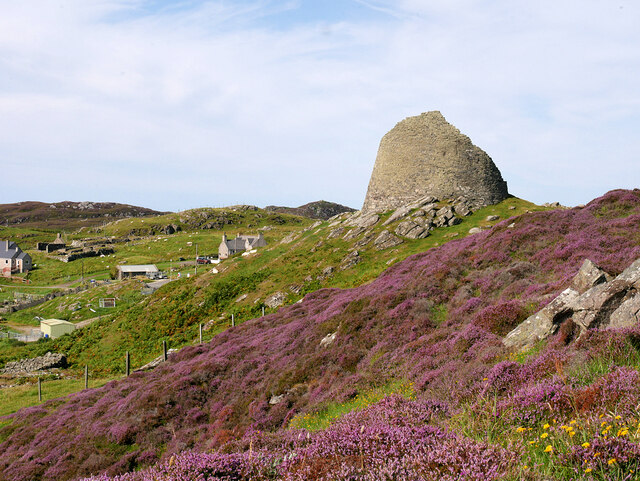
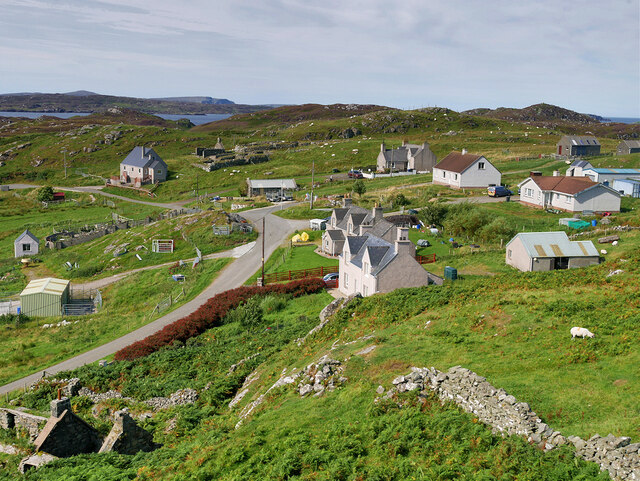
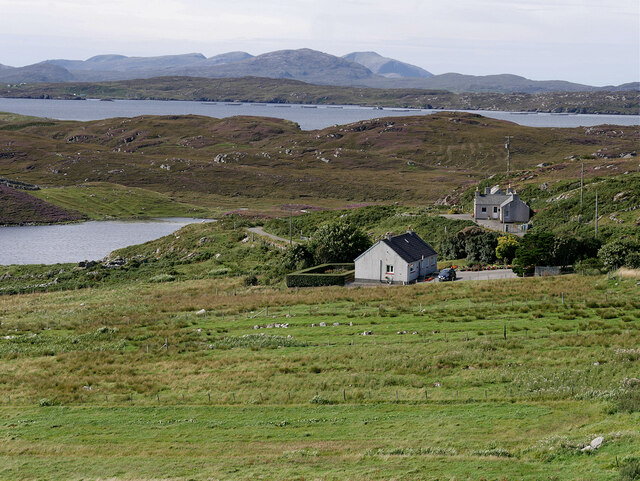
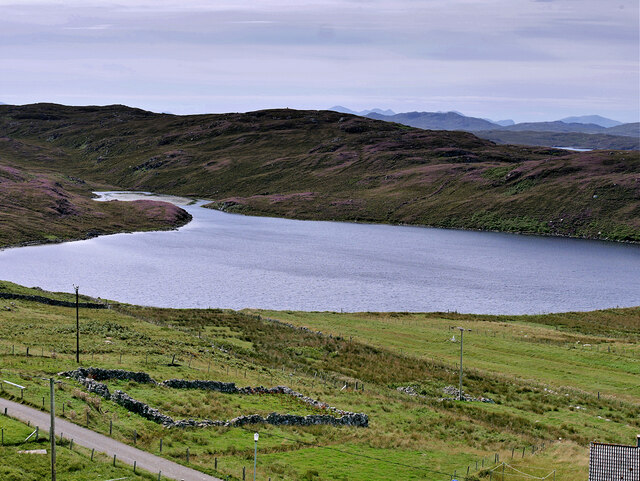
Cnoc Leathann is located at Grid Ref: NB1839 (Lat: 58.25418, Lng: -6.808267)
Unitary Authority: Na h-Eileanan an Iar
Police Authority: Highlands and Islands
What 3 Words
///hologram.graduated.fears. Near Carloway, Na h-Eileanan Siar
Related Wikis
Dun Carloway
Dun Carloway (Scottish Gaelic: Dùn Chàrlabhaigh) is a broch situated in the district of Carloway, on the west coast of the Isle of Lewis, Scotland (grid...
Tolsta Chaolais
Tolsta Chaolais (also Tolastadh Chaolais, Tolstadh a' Chaolais) is a village on the Isle of Lewis, Scotland. It consists of about forty houses, clustered...
Borrowston, Lewis
Borrowston (Scottish Gaelic: Borghastan), with a population of about 50, is a crofting township situated on the Isle of Lewis, on the Outer Hebrides of...
Breaclete
Breacleit (or Roulanish; Scottish Gaelic: Breacleit; Old Norse: Breiðiklettr) is the central village on Great Bernera in the Outer Hebrides, Scotland....
Nearby Amenities
Located within 500m of 58.25418,-6.808267Have you been to Cnoc Leathann?
Leave your review of Cnoc Leathann below (or comments, questions and feedback).
